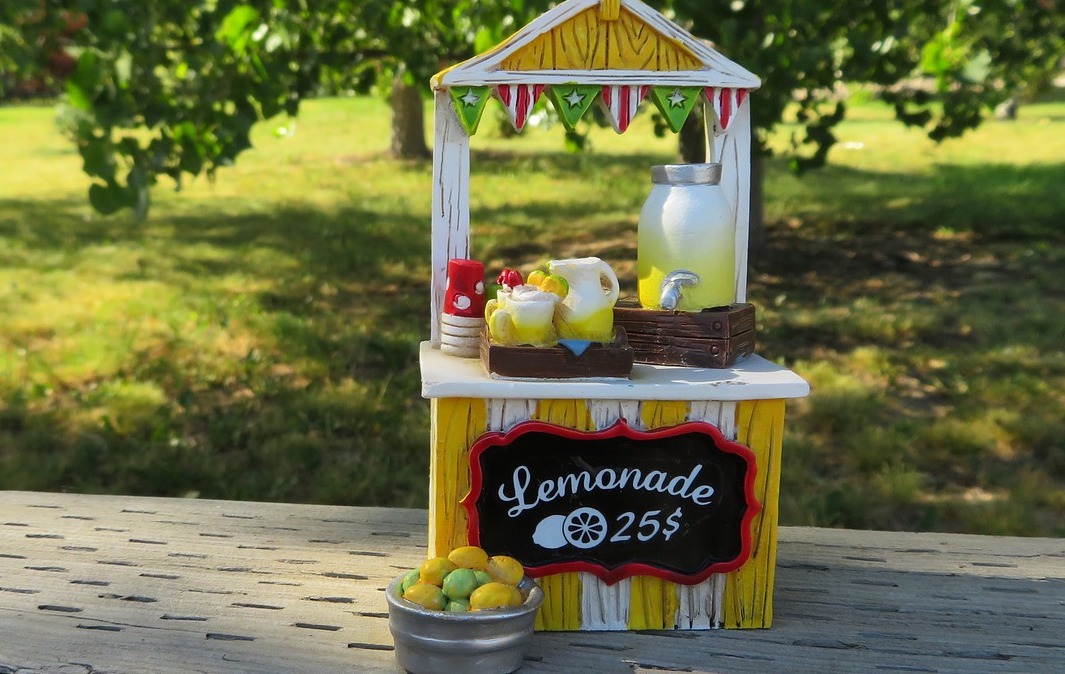
There was always high demand for something cold during the hot Florida summers where I grew up. Lemonade stands were a popular way to earn some extra cash.
One summer day, a kid down the street set up a competing lemonade stand. Over the course of a few hours, I noticed my nemesis had more foot traffic, including one of my best neighborhood friends.
I asked my buddy for some feedback and he indelicately said, “her lemonade tastes better.” I immediately acted on this by preparing a new batch of lemonade and started handing out free samples. By the end of the afternoon, my foot traffic improved and my nemesis knew I meant business.
This quick and agile feedback is increasingly important in consumer packaged good. In fact, when it makes sense, I think we need to replicate the lemonade stand in the front-end of innovation.
Too often we rely on quantitative concept tests to determine if we should move forward with a new product. If the product can be rapidly and economically prototyped, it might make sense to gauge consumer interest via a lemonade stand.
What do I mean by a lemonade stand? Make a batch of the product. Rapidly create some packaging. Go to a retail location, hand out samples, and allow consumers to buy the product at a promotional price. I’ve run some quick numbers, and you could probably use this approach at a cost far less than what you’d spend on a series of research projects prior to launch.
So, you might be asking “how can this possibly be superior to traditional research methods?” Here’s my take:
1. Concept testing, is, well, conceptual.
You are asking people to tell you whether they would buy an abstraction. Brain science tells us that nearly three-quarters of all adults are highly-sensory. That is, they take in information by using their senses—touch, taste, smell, hearing, and sight. A traditional concept test does not activate these senses. In a lemonade stand, you would be getting feedback on an actual thing. My bet is that this information is more reliable.
2.The feedback is immediate.
You can get direct feedback on the product, packaging, and claims in one consumer encounter.
3. The proportion of people who decide to purchase the product (even for $1) is very telling.
This is a behavioral response, and it is a more reliable measure of consumer enthusiasm.
Am I suggesting that you throw out all concept testing? No!
These methods are pretty good at winnowing out potential winners from a large volume of ideas. However, if you are dealing with a high-risk project, a new category, or something new to market, the lemonade stand is a viable option. It assumes, of course, that you can quickly and cost-effectively make a batch of the product and iterate as you learn.
As I look back, there were some important lessons learned in running my lemonade stand — more than just turning lemons into lemonade. Even though my buddy’s honesty stung, his insight allowed me to get quick feedback, iterate my product, and monitor the market’s reaction.



